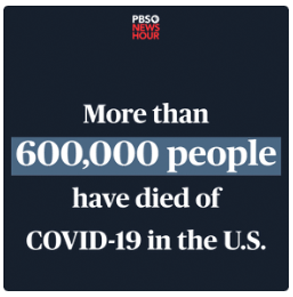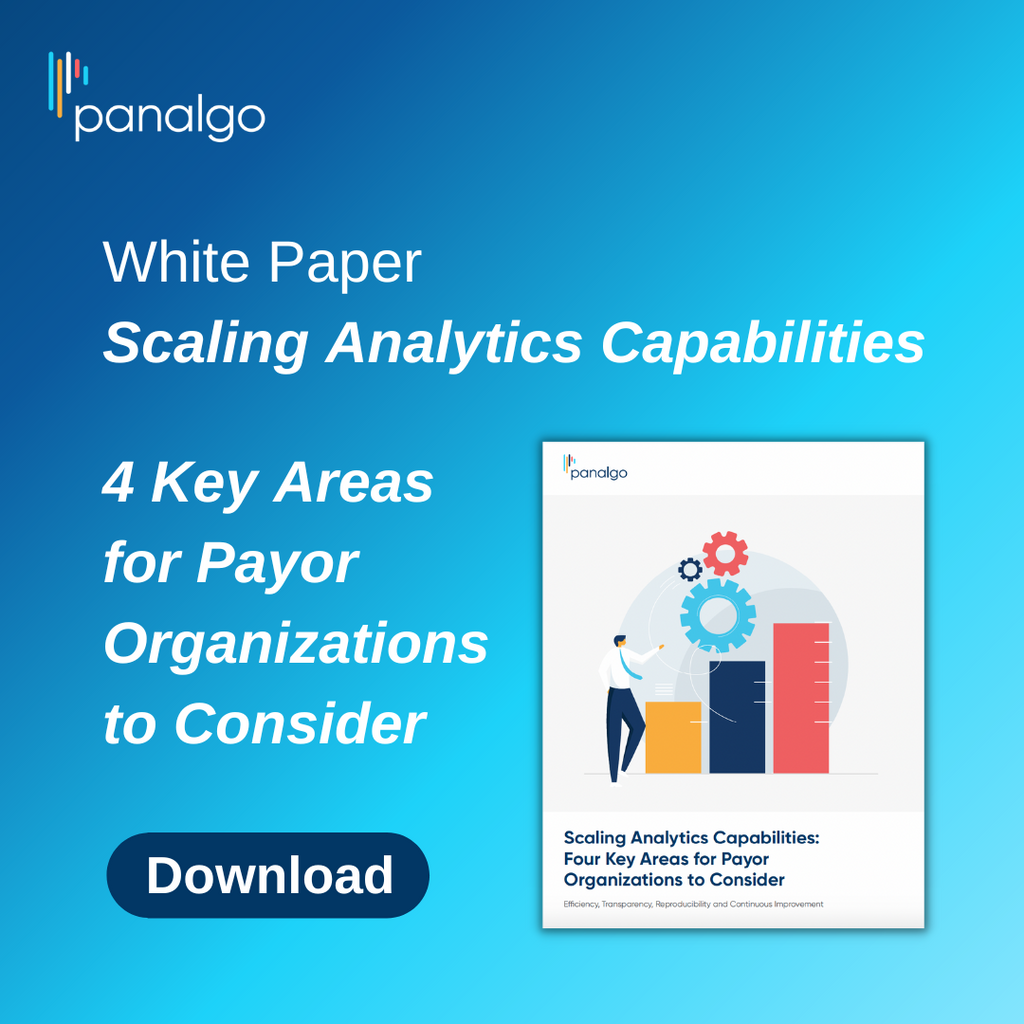Health Plan Weekly
-
Racial Health Care Disparities Persist in All States, With Significant Divides in Premature Deaths
Substantial racial and ethnic disparities in health and health care are pervasive across all states in the U.S., according to The Commonwealth Fund 2024 State Health Disparities Report.
The report evaluated 25 health indicators of health system performance for Black, white, Hispanic, American Indian and Alaska Native (AIAN), and Asian American, Native Hawaiian, and Pacific Islander (AANHPI) populations. It found that racial health disparities are a bigger problem in some states than in others. Massachusetts, Rhode Island and Connecticut saw relatively high performance for all racial and ethnic groups, while Oklahoma, West Virginia and Mississippi performed poorly for all groups.

-
News Briefs: Walmart Cites Reimbursement Woes in Closing Clinics, Virtual Care
Walmart Inc. announced on April 30 that it is closing its 51 health centers in five states as well as its virtual care offering. The company said in a press release that it had determined “there is not a sustainable business model for us to continue” with its Walmart Health and Walmart Health Virtual Care centers and added that “the challenging reimbursement environment and escalating operating costs create a lack of profitability that makes the care business unsustainable for us at this time.” Walmart launched the clinics in 2019. The company will continue to operate its nearly 4,600 pharmacies and more than 3,000 vision centers.
UnitedHealth Group CEO Andrew Witty testified before the Senate Finance Committee and House Energy & Commerce Committe on May 1 about the cyberattack on Change Healthcare, a UnitedHealth subsidiary. Fierce Healthcare reported that Witty said much of Change’s data was stored in data centers rather than on the cloud and that hackers accessed a server that did not have two-factor authentication. Fierce also noted that several politicians criticized UnitedHealth for its massive vertical integration, noting it owns a PBM and is a major player in health care delivery. Axios reported that UnitedHealth “could face more regulation or even calls to divest some of its businesses in the fallout from the hack.” Last month, a bipartisan group of politicians wrote a letter to Witty seeking information about the cyberattack and noted that Change’s systems process about 15 billion transactions each year and are linked to about 900,000 physicians, 118,000 dentists, 33,000 pharmacies and 5,500 hospitals.

-
Analyst: Humana’s Low Share Price Could Draw Cigna Takeover Attempt
With Humana Inc.’s share price slumping in recent months, one Wall Street analyst points out that conditions may be better than ever for a possible takeover of the Medicare Advantage insurer by The Cigna Group.
“The math now works for a [Cigna] + [Humana] fusion even with [Humana’s] lower EPS [earnings per share],” wrote Jefferies analyst David Windley in an April 22 note to investors. The two managed care giants were rumored to be in talks to combine at the end of 2023, but the Wall Street Journal reported on Dec. 10 that the firms were walking away from the deal. But that was before Humana cut its full-year EPS outlook when reporting its fourth-quarter 2024 results earlier this year, citing a trend of higher-than-expected utilization that has bogged down the MA-focused carrier’s results since the beginning of 2023.

-
Employer Group Fires First Shot in Fight Over Mental Health Parity Regs
The ERISA Industry Committee (ERIC), a benefits trade group for large employers, launched an ad campaign attacking the Biden administration’s mental health parity policies — a notable escalation in plan sponsors’ intensifying opposition to the administration’s approach to mental health care access, which could ultimately lead to litigation.
In a press release, ERIC said it hopes to influence upcoming mental health parity regulation, noting that “departments of President Biden’s administration, including the U.S. Departments of Health and Human Services (HHS), Labor (DOL) and the Treasury are finalizing proposed rule changes regarding mental health and substance use disorder parity.” The expected rule would be a finalized version of a regulation released in September 2023, which calls for much stricter network adequacy standards than were required in previous parity rulemaking.

-
For Humana, Solid Start to 2024 Can’t Mask Looming 2025 Troubles
Although Humana Inc. beat Wall Street’s expectations with its first-quarter 2024 earnings per share (EPS), the recently finalized 2025 Medicare Advantage and Part D rate notice nonetheless cast a shadow over the insurer’s longer-term financial projections and thus dimmed analysts’ enthusiasm.
In fact, Humana withdrew its 2025 EPS guidance of $6 to $10, with CEO Bruce Broussard partially blaming the move on the “significant difference between the final rate notice and our previous funding assumption.”
When CMS on April 1 released its final rate projection for MA and Part D plans, the agency said it anticipates plans will see a net revenue increase of 3.70% next year. But that figure did not improve compared to the projected rate increase — despite the industry’s urging — and it represents a 0.16% payment decrease excluding the assumption that MA risk scores will increase by an average of 3.86%.


The Latest
Complimentary Publications
Premium Categories
Premium Categories
Meet Our Reporters
Meet Our Reporters

















